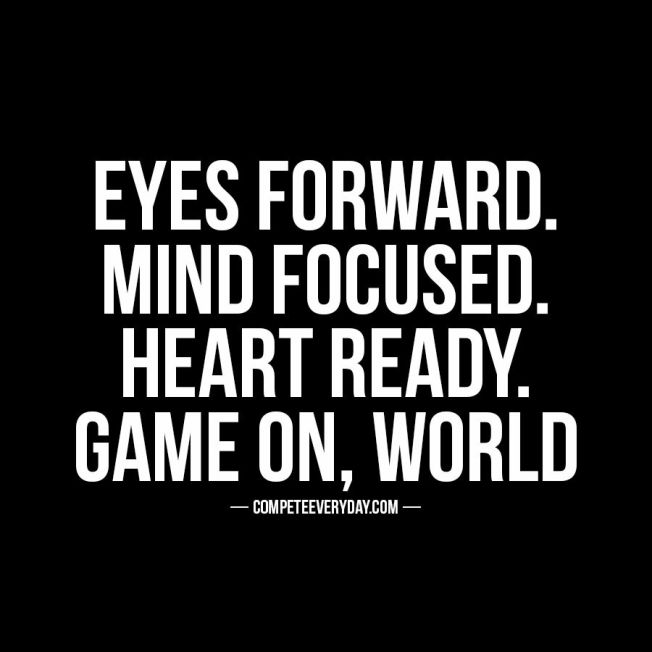Based on the Situational Leadership Model of Hersey and Blanchard (1988), the Staged Self- Directed learning (SSDL) model proposes that learners advances through stages of increasing self-direction and that teachers can help or hinder that development.
Therefore, in SSDL, the teacher teaching style should match to the readiness of the learners. Readiness here is define as the combination of ability and motivation to do specific task at hand.
As an adult learner myself, I used to procrastinate especially to activities that I don’t understand or don’t get the sense of a particular activity to my existence as a learner. Readiness is very important because that would dictate the absorption of learning. Although readiness is situational and sometimes, task specific.
Tannenbaum and Schmidt (1957), discussed the idea of progression from dependency to self-direction. Below is the SSDL model:

For stage 1 learners, teacher can use two ways teaching approach- coaching and guidance. Feedback on this stage should be intermediate, frequent and impartial as possible. At this stage, teacher can use learning as scaffold to progress learners to next stage of SSDL or if possible, self-direction stage.
For stage 2 learners, teachers serve as motivators. they can also prepare students to become more self-directing learners. Teachers can also tie activities to the learners interest. At this stage, the scaffolding can be done through activities that interests learners and teachers can maximize these activities in order for students to advance to the self-directed stage.
Stage 3 is intermediate self-direction. learners here have skills and knowledge and see themselves as participants in their own education. According to Derry (1988/89), learners will benefit from learning more about they learn such as making conscious use of learning strategies.
Self-direction stage have learners who set their own goals and standards. The role of facilitator at this stage is to provoke or challenge learners to come up with innovative and creative ideas and continue challenge their ideas.

I started in UPOU as a motivated learner. My motivation back then is to achieve a goal I set to myself in order for me to get a permanent position in a job. But as I progress in UPOU, I can say that I am becoming self-directed because my motivation is not just to get a permanent position, but to really learn and use those learning to be effective to my advocacy in my community.
My motivation turn to a bigger goal, and that is to be an effective community educator. And a combination of my learning at UPOU and my experience as community facilitator would make me reach my goal in time.
Reference:
Grow, G. (1991). Teaching learners to be self-directed. Adult Education Quarterly, Vol. 41, No. 3, pp. 125-149. Available at http://alec2.tamu.edu/grad_courses/611/modules/module2/lesson2/grow01.pdf